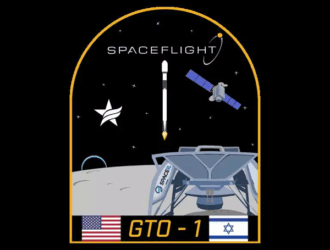
In 2004, it became obvious that Henry Hatfield’s original atlas wasn’t suitable for all current commercially-made amateur telescopes. Newtonian telescopes and astronomical refractors – for many years the only choice for amateurs – invert the observed image. The standard Hatfield Atlas therefore follows the IAU (International Astronomical Union) convention of having maps (and photographs) with South at the top and West on the left: an inverted image.
However, the current ranges of Schmidt-Cassegrain and Maksutov telescopes – that’s most of those manufactured by Meade, Celestron, and many others – don’t invert the observed image but instead reverse it left-for-right. That’s with North at the top and East on the left. Because of the way the human visual system works, it is almost impossible to mentally ‘mirror-image’ a map to compare it with the view through the eyepiece , so even turning an IAU-standard atlas upside-down doesn’t help!
This new SCT version of the Atlas solves this problem for observers. Identification of lunar features is made quick and easy.



